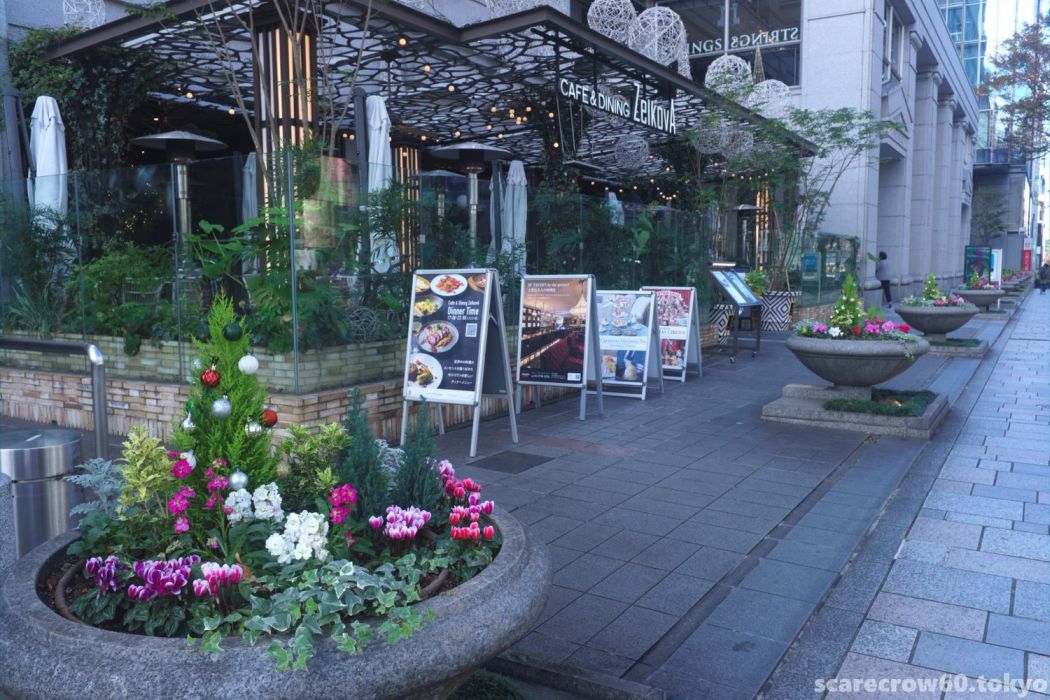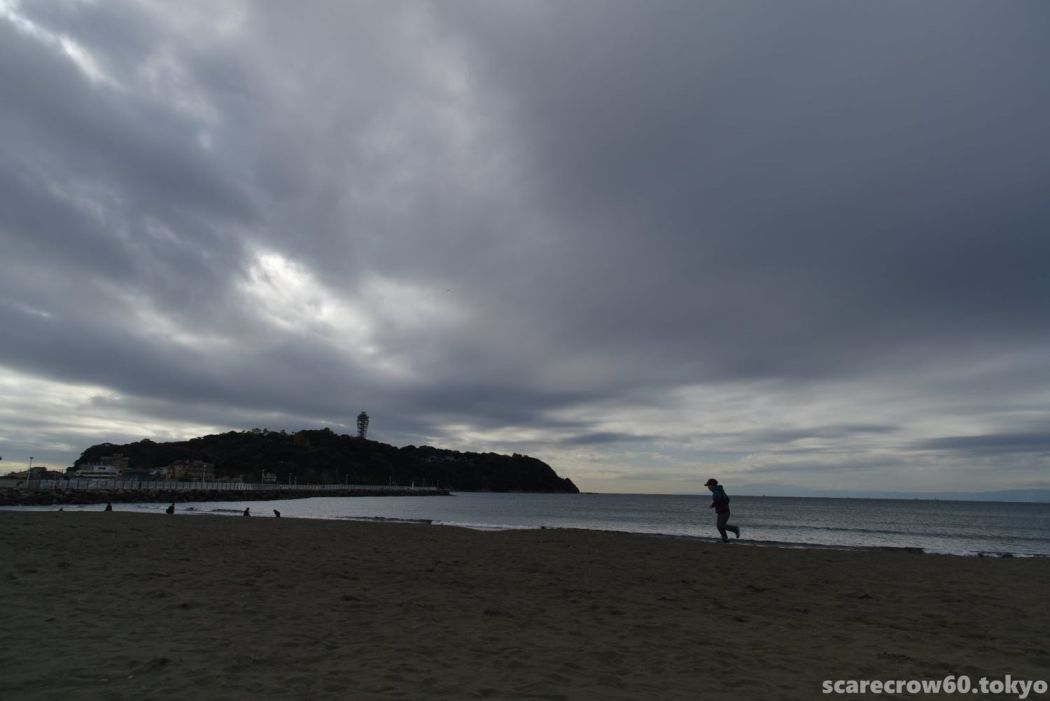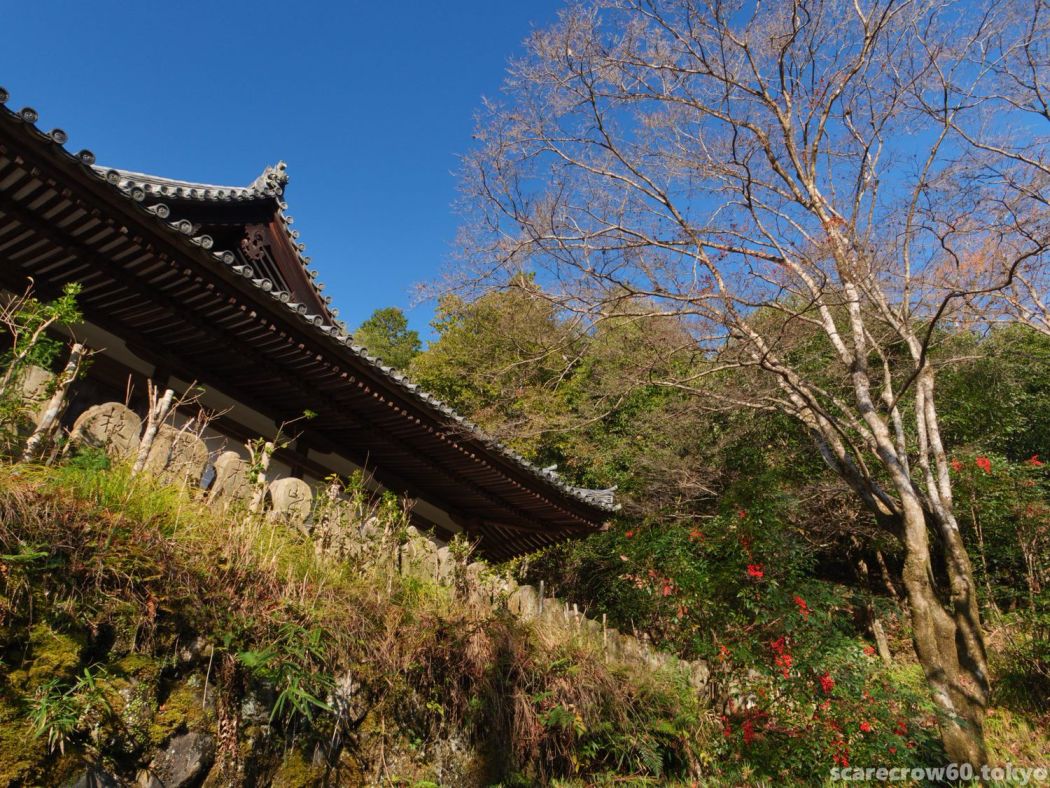I had 30~40 minutes to spare before my appointment to take care of some business in the Aoyama area of Minato-ku, so I went for a 30-minute single match photo walk from Harajuku Station to Omotesando Crossing (a term only Showa-born people would understand).
It is a good idea to use FUJIFILM XF10 in snapshot mode when taking pictures without hesitation.
Here is the start. Harajuku Station on the Yamanote Line. It had been many years since I got off the train. This is the first time I have alighted at this station since it took on its current shiny appearance.
From here, with your back to Meiji Jingu Shrine, head down Omotesando toward Aoyama.
We quickly look back in the direction of Meiji Shrine, opposite the direction in which the walk is going, and snap a picture of the long-established Chinese restaurant, Nangoku-Shuka Harajuku Main Branch, still going strong on the first floor of the Coop Olympia, a representative of the high-end apartments of the Showa era. The story that this restaurant is the birthplace of the style of adding pineapple to sweet-and-sour pork is already too well-known to be a source of great knowledge.
Omotesando Avenue goes downhill to the Jingu-mae crossing where it intersects with Meiji Avenue. The bicycles randomly placed on the street are also stylish, which is unique to this town.
From the Jingu-mae crossing onward, the road goes uphill. It is about 10:30 a.m. and the main stores have not yet opened, but Omotesando Avenue shows a sense of bustle with a fair amount of pedestrian traffic.
Young people enjoy finding their favorite stores on these casual side and back street walks…well, far away days for me.
Kiddyland is still around. I said to myself, which was almost rude. I was surprised to see several groups of people waiting for the opening of the store.
The entrance to Cat Street, the champion of side streets and back roads. I only peeked in for a moment and went through today because it was a 30-minute match.
View from the pedestrian bridge in the direction of Meiji Shrine. If you look closely, you can see that the trees lining Omotesando are wrapped with LEDs for illumination, which attracts attention in the evening.
As usual fo me, the photo was taken in RAW and developed in ART. I used to apply a film simulation and Adobe standard DCP profile on top of it to emphasize sharpness, but I became concerned that the contrast was too strong and the bright areas tended to lose color, so I finished some photos using only the film simulation and exposure compensation. The sky color might not be bad, though it looks a little mature.
Three shots of exclusive brand stores typical of Omotesando.
Omotesando Hills is built on the site of the old Dojunkai Apartments, but only some of the old buildings have been kept intact.
Gradually, we are approaching the Omotesando crossing on Aoyama-dori, which we have set as our goal for the moment.
It was almost 11:00 a.m. and the cafe was hurrying to get ready for opening. It was not too cold on this day, so an open terrace might not be a bad idea.
And Omotesando crossing. This is the goal for today. It was just under 30 minutes from Harajuku station for a leisurely photo walk.
I took out FUJIFILM XF10 for the first time in a while. It is a condenser digital camera that has difficulty with AF focusing speed, but as I mentioned at the beginning, the “snapshot mode” that allows you not to worry about focusing is really useful to compensate for the weakness of this camera.
This is a bit long. Thank you for seeing to the end.



